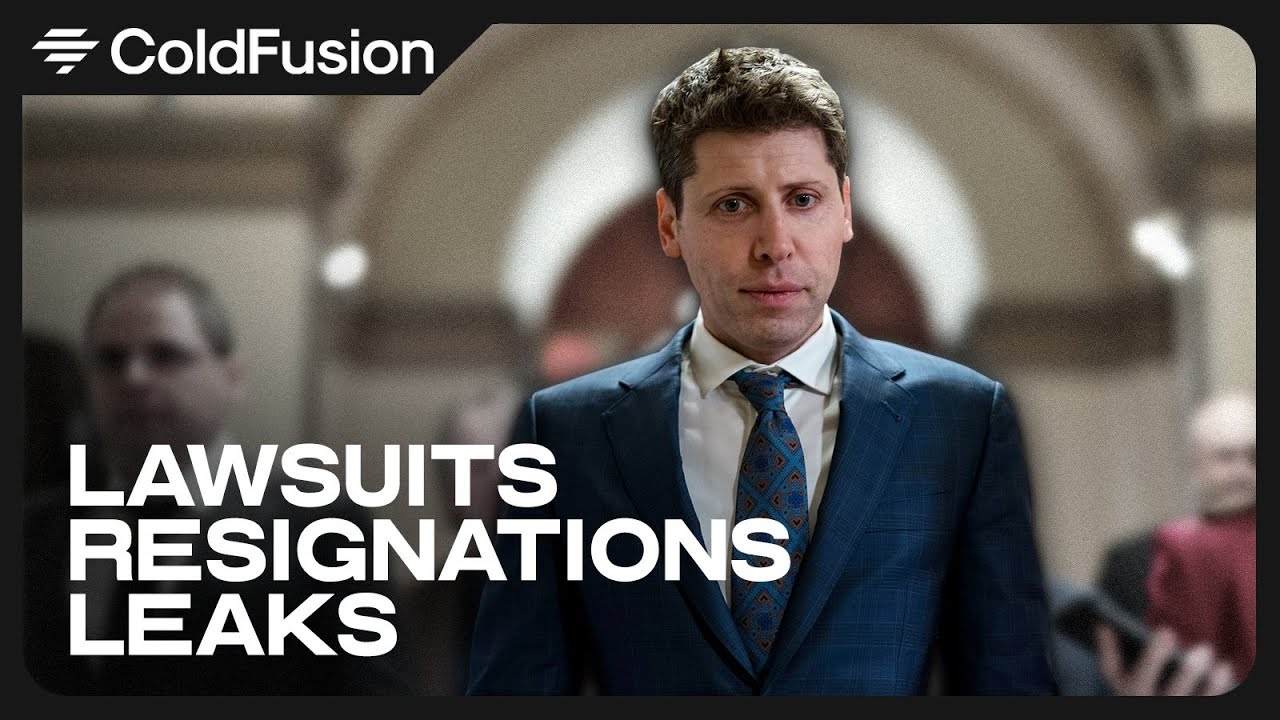The video outlines OpenAI’s turbulent year, marked by the tragic death of researcher Sucha Baji, executive resignations, and internal strife, alongside significant financial challenges despite generating substantial revenue. It also highlights the company’s struggles with its latest AI model, Sora, and the criticism surrounding its shift to a for-profit model, leaving its future in the AI landscape uncertain.
The video discusses the tumultuous year OpenAI has experienced, marked by significant controversies and challenges. It begins with the tragic death of Sucha Baji, a 26-year-old researcher who raised ethical concerns about OpenAI’s practices, particularly regarding copyright violations in the development of ChatGPT. His passing, ruled a suicide, has sparked speculation and highlighted the growing scrutiny surrounding the company. This incident is part of a broader narrative of turmoil for OpenAI, which has seen executive resignations, increased competition, and a lukewarm reception for its latest products.
OpenAI’s rapid rise to prominence, particularly with the success of ChatGPT, has come with its own set of growing pains. The platform achieved unprecedented user growth, reaching 1 million users in just five days, and now boasts over 300 million weekly users. However, internal strife has emerged, with high-profile departures of key figures like co-founder Ilia Sutskever and CTO Mira Murati, leading to employee strikes that reflect deeper frustrations regarding leadership and company culture. These issues contrast sharply with the once-unified image OpenAI projected.
Financially, OpenAI faces significant challenges despite generating $3.7 billion in revenue. The company reportedly incurs costs of $700,000 per day to maintain ChatGPT and has invested heavily in its development. Analysts predict substantial losses, with estimates suggesting a potential $5 billion loss this year and up to $4 billion annually by 2026. Although OpenAI recently raised $6.6 billion in funding, concerns about its sustainability amid growing competition and AI fatigue are mounting.
The video also highlights OpenAI’s latest AI model, Sora, which was expected to revolutionize text-to-video generation but has fallen short of expectations. Issues such as physics glitches and questions about the training data used have raised eyebrows, especially as competitors like Google unveil their own advanced models. The novelty of generative AI seems to be waning, and OpenAI’s struggle to maintain its edge in a crowded market is evident.
Lastly, the video touches on OpenAI’s shift from a nonprofit to a for-profit model, which has drawn criticism and legal challenges, including from co-founder Elon Musk. Despite the controversies, OpenAI continues to attract investor interest, with potential future funding rounds valuing the company at $150 billion. The video concludes by emphasizing the uncertainty surrounding OpenAI’s future trajectory, leaving viewers to ponder whether the company can navigate its current challenges and maintain its position in the AI landscape.
